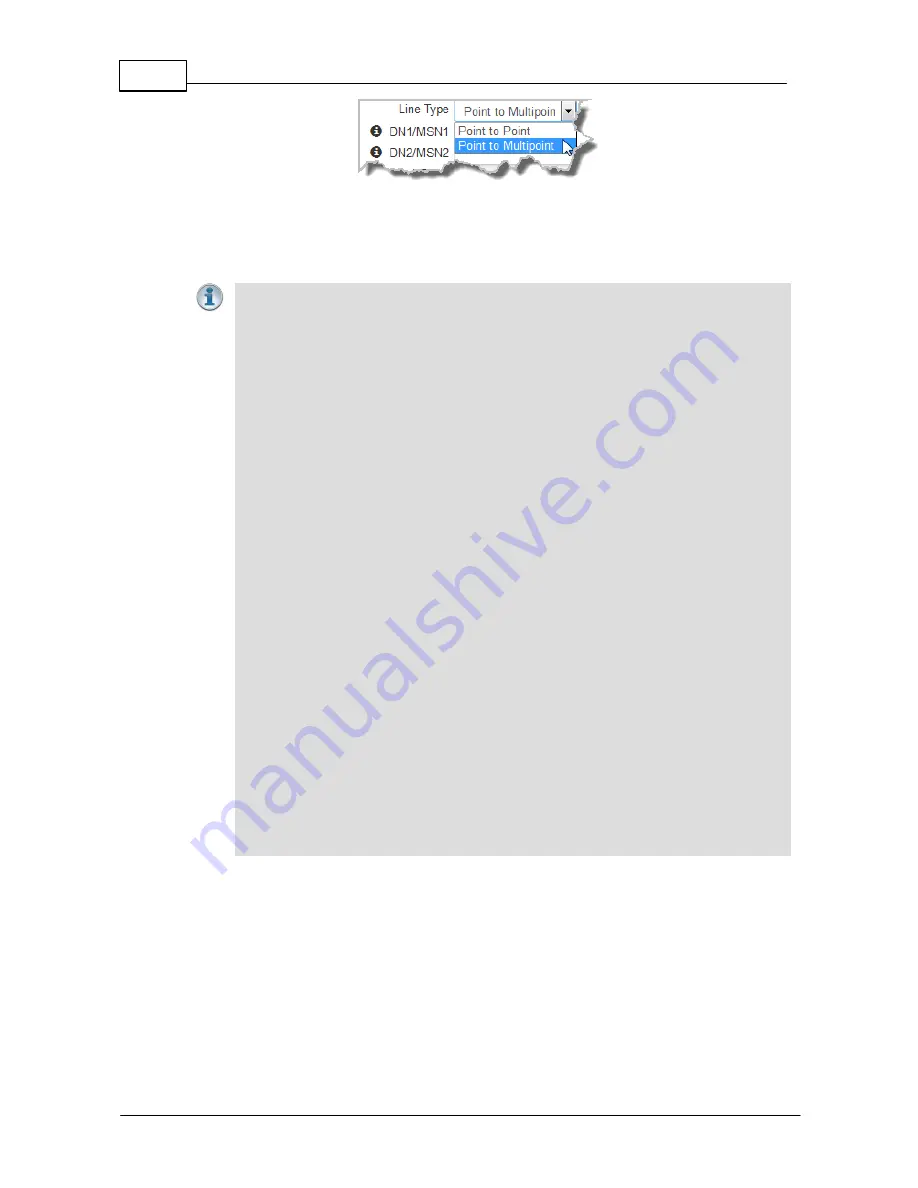
240
Genie Distribution User Manual v1.6
© Tieline Pty. Ltd. 2015
7. If you are in the US enter DN and SPID numbers as required, or in other regions enter DN or
MSN numbers as required.
8. Click
Save
when configuration is complete.
Important Notes:
Directory Numbers and Multiple Subscriber Numbers
Directory Numbers (DN) in North America and Multiple Subscriber Numbers (MSN) in the
rest of the world are simply phone numbers associated with an ISDN B channel, like lines
listed in a typical phone directory. Your Telco will normally supply 2 DN/MSN numbers for
each pair of B channels. However, these numbers may or may not be associated with a
specific B channel.
Often broadcasters prefer to predict which B channel will answer an incoming call to
ensure audio routing is consistent. However, if a DN or MSN number is not entered in the
codec and multiple B channels are available, the codec may use any channel to answer
an incoming call. To ensure calls are routed consistently, enter a DN/MSN number
(without the country or area code) as the DN/MSN for a B channel, then only that
corresponding B channel will answer an incoming call to that number. Programming DN/
MSN numbers for each B channel allows the codec to ignore calls without matching DN/
MSN numbers. This is the best way to answer calls from codecs in a predictable manner.
SPID Numbers in North America
ISDN relies on an initialization procedure for associating Service Profiles with specific
terminating equipment (e.g. your audio codec) rather than lines. In the US Telcos assign
a Service Profile ID (SPID) number which assists in identifying different ISDN services
across the network. Your Telco must provide a SPID for each B channel you order when
connecting over US-Nat or US-AT&T networks in the US. A SPID is not required when
using the AT&T PTP protocol.
Typically, each ISDN BRI service in the US will have two SPIDs and these must be
entered correctly. When you enter a SPID into your codec and connect it to an ISDN line,
an initialization and identification process takes place, whereby the terminating equipment
(your codec) sends the SPID to the switch. The switch then associates the SPID with a
specific Service Profile and directory number.
Note: SPID numbers normally include the phone number and additional prefix or suffix
digits up to 20 digits long.
25.3.2
Configuring ISDN Answering
ISDN Answer Configs
are used to determine how codec ISDN modules will behave when
answering ISDN calls.
The following image explains the difference between answering calls from Tieline codecs sending
session data, and non-Tieline codecs making sessionless ISDN calls. Codecs sending Tieline
Session Data contain all the information required to connect, e.g. algorithm and audio stream
routing settings. When answering sessionless calls it is necessary to configure the answering
codec with an
ISDN Answer Config
, which tells the answering codec how a sessionless call will
try and connect.
















































